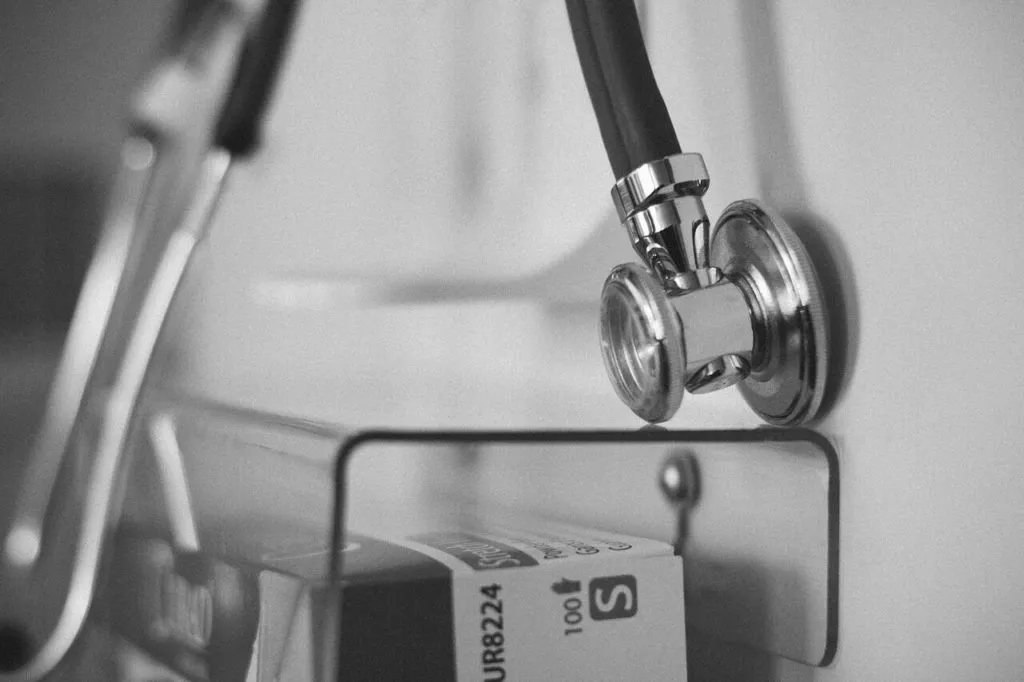The pre-claim review demonstration now underway for home health agencies in Illinois has shrunk the robust acquisition pipeline of one of the nation’s largest providers, LHC Group (Nasdaq: LHCG).
Lafayette, Louisiana-based LHC has been vocal about pursuing a large acquisition pipeline. But a big chunk of those deals have been at least temporarily put on ice by pre-claim. The Centers for Medicare & Medicaid Services (CMS) launched the effort as a way of rooting out improper documentation and fraud, but providers have said that submitting their claims for pre-approval by Medicare Administrative Contractors (MACs) is a huge administrative burden, and pre-claim rejections threaten cash flow. The rollout in Illinois has generated huge backlash, leading to calls for CMS to pause the program rather than expand as planned to four other states.
“[About] 50% of the volume in our pipeline we were moving forward with actively had significant exposure in those five demonstration states, and that caused the negotiations with those sellers to slow to a halt,” LHC Group CEO Keith Myers said Thursday at the 2016 Wells Fargo Healthcare Conference in Boston.
LHC Group had questions about how pre-claim might affect those sellers’ referral volume, and the providers could not answer those questions with enough detail for LHC to generate models, Myers said.
The deals that went from being active to pulled from the pipeline accounted for half a million dollars in revenue, he said. Some hospital system transactions then got added, bringing the current active pipeline to $750 million in potential revenue.
However, while pre-claim review might be suppressing M&A activity in the short-term, Myers believes that it ultimately will drive further consolidation of the industry. That’s because pre-claim could affect cash flow of smaller providers in unsustainable ways, compelling them to consider selling.
LHC Group itself has little exposure in the pre-claim states, with 19 locations totaling about $40 million in revenue, Myers said. Even for those locations that are in pre-claim areas, the demonstration should not pose too steep a challenge, he suggested.
“We have an end of episode audit before we drop a claim, [and] we’ve moved that to the front end now, in those states, so a nurse goes out and assesses a patient,” he said. “We scrub it and do that audit on the front end before we submit for approval.”
The company may face one-time consulting costs related to pre-claim but that should not be material, according to Myers. And he emphasized that LHC Group has a team in place already to challenge Medicare denials, with a success rate around 98%.
Overall, LHC Group will consider it a successful year if it acquires $100 million or more in revenue, and it has a little more than than that budgeted for 2017.
“That’s a steady growth curve for us,” Myers said.
Bullish on Bundles
Despite being confident that pre-claim poses no grave threat to LHC Group at this point, Myers said he does not mean to “put a positive spin on something negative.” However, he was much more emphatic in describing bundled payment initiatives as a good thing for the company. For example, LHC has seen success in the Comprehensive Care for Joint Replacements (CJR) bundle, which makes a hospital responsible for a full episode of care for certain orthopedic patients, incentivizing them to work more closely with home health providers.
“It has been very positive,” Myers said. “It has provided us an opportunity to generate real data—results, not theoretical—and use that to present to others to grow our business.”
One example is what LHC Group has done with New Orleans-based Ochsner Health System. At the outset of the CJR program, LHC contracted with Milliman Analytics to see where costs were coming from for the relevant patients. The home health company then put together a plan for how it could help lower costs and presented it to Ochsner. A key part of that plan involved lowering length-of-stay in the hospital by caring for more patients at home, and sooner.
The playbook has been a success, with length-of-stay down from about three days in the hospital to one for knee patients. Costs now down 15% overall for those patients in the bundle, said Myers. That overall cost reduction breaks down roughly as follows: 54% due to reduction in length-of-stay; 30% reduction from less skilled nursing facility utilization; and 16% reduction from lower rehospitalization rates.
“A model was developed that’s replicable,” Myers said. “We have nine of our hospital [joint venture] partners in CJR, and we’re seeing that same experience in all of those bundles. All of our hospital partners, even those not in the bundles, know that this is coming and are asking us to do similar things, and we’re seeing increased volume as a result.”
There are some challenges. For example, incentives among different providers in an episode of care still may be misaligned, Myers said. For instance, a SNF has an interest in keeping patients even if they could be cared for in the lower-cost home health setting. This situation may lead LHC Group in a limited way to begin managing SNFs and other inpatient settings—it was “short-sighted” not to do so with Ochsner, according to Myers.
Another issue is that hospitals still face mandates to offer patients lists of home health providers to honor their right to choose, which hamstrings hospitals from directing referrals to the best post-acute providers, said Brock Myers, vice president of strategic partnerships.
“When provider choice is a hundred different names, [a patient] might select one with a 40% readmission rate,” he said.
Despite challenges like these, however, LHC Group believes in the bundled payment concept in no uncertain terms.
“I can’t think of any epiodes we provide we would not like to see bundled,” said Keith Myers.
Written by Tim Mullaney




